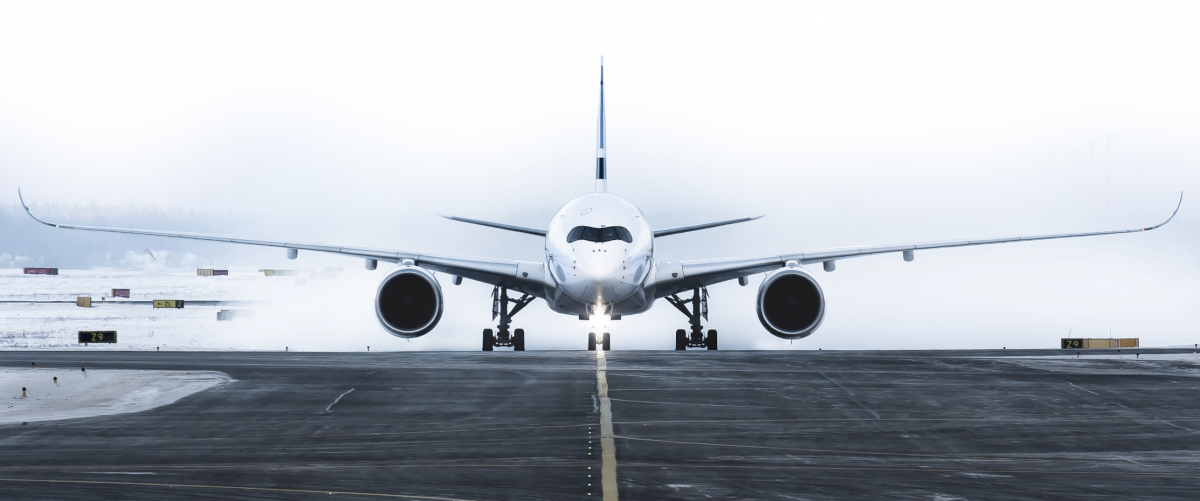
Does airport support cockpit crew to carry out performance calculation?
Runway condition report (RCR) in GRF format is characterized by two distinct features:
- runway conditions are reported by using RCAM surface descriptions
- runway conditions are reported per runway third not per runway
This may create major problem for cockpit crew! Takeoff performance calculation must be based on one single “basic” contaminant representing the complete runway.
Contaminant types used in aircraft performance calculation.
In terms of aircraft performance data, seven (7) “basic” contaminants are supported by aircraft manufacturers:
- ice (cold dry)
- compacted snow
- wet (water equal or below 3 mm)
- water over 3 mm depth
- slush over 3mm depth
- wet snow over 5mm depth
- dry snow over 10mm depth
RCAM table contains eighteen (18) different surface description types. This creates situations, where pilots are forced to convert RCAM surface description to one of the “basic” contaminant types. This is a potential safety risk.
Pilots may encounter problems:
Runway conditions are reported per runway thirds. Statistically (Nordic airports) 14% of runway reports are such, that runway conditions are not equal on runway thirds.
In worst case scenario pilots may encounter SNOWTAM or ATIS containing multiple surface descriptions per whole runway. Furthermore, these surface descriptions may be RCAM descriptions not supported by aircraft performance data.
This may create a situation, where pilots simply cannot correctly determine one single most significant contaminant to be used in aircraft performance calculation.
To collect original observation data in RCAM format may create a problem:
If original runway observation data is collected in RCAM format using RCAM surface description types, the true “basic” contaminant dispersion of contaminants on the runway is lost.
If “basic” contaminant dispersion data is lost, it is not possible to validate one single takeoff significant contaminant representing the whole runway.
Conclusion regarding aircraft performance and RCAM reporting:
If an airport is willing to help pilots in aircraft performance calculation, the best way is to provide one significant contaminant, which conservatively represents the whole runway.
To be able to provide this information, original runway condition observation data should be collected using “basic” contaminant types. This allows a proper validation of each contaminant per complete runway, and calculate one single takeoff significant contaminant (TOSC).
Furthermore, when observations are done by using “basic” contaminant types, runway inspector’s workflow will remain simple. Runway inspector may focus on observing the “old fashioned familiar” seven (7) contaminants. RCAM surface description for each runway third can be derived from the input.
Global Runway Reporter application (GRR), TOSC and RCAM:
To implement GRF reporting and RCAM assessment in such a manner, that pilots can perform aircraft performance calculation safely, can be accomplished by using Global Runway Reporter (GRR) application.
GRR application has inbuilt “knowledge” about aircraft performance. When using GRR, runway inspector can focus on the essential: observing and reporting the seven familiar “basic” contaminants. GRR application will calculate RCAM contaminants for runway thirds, and one single takeoff significant contaminant (TOSC) representing the complete runway.
If not already done, check here if you have done all the necessary preparations for GRF. If you wish to have more information about our Global Runway Reporter (GRR) application feel free to contact us.

